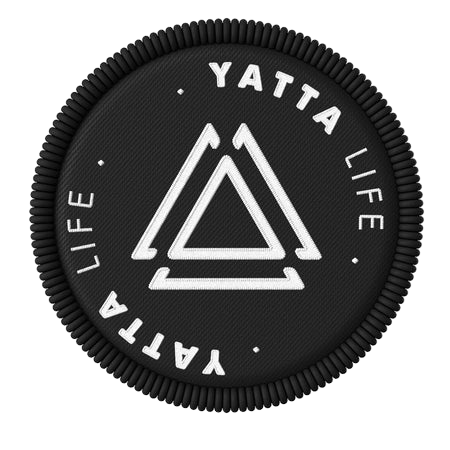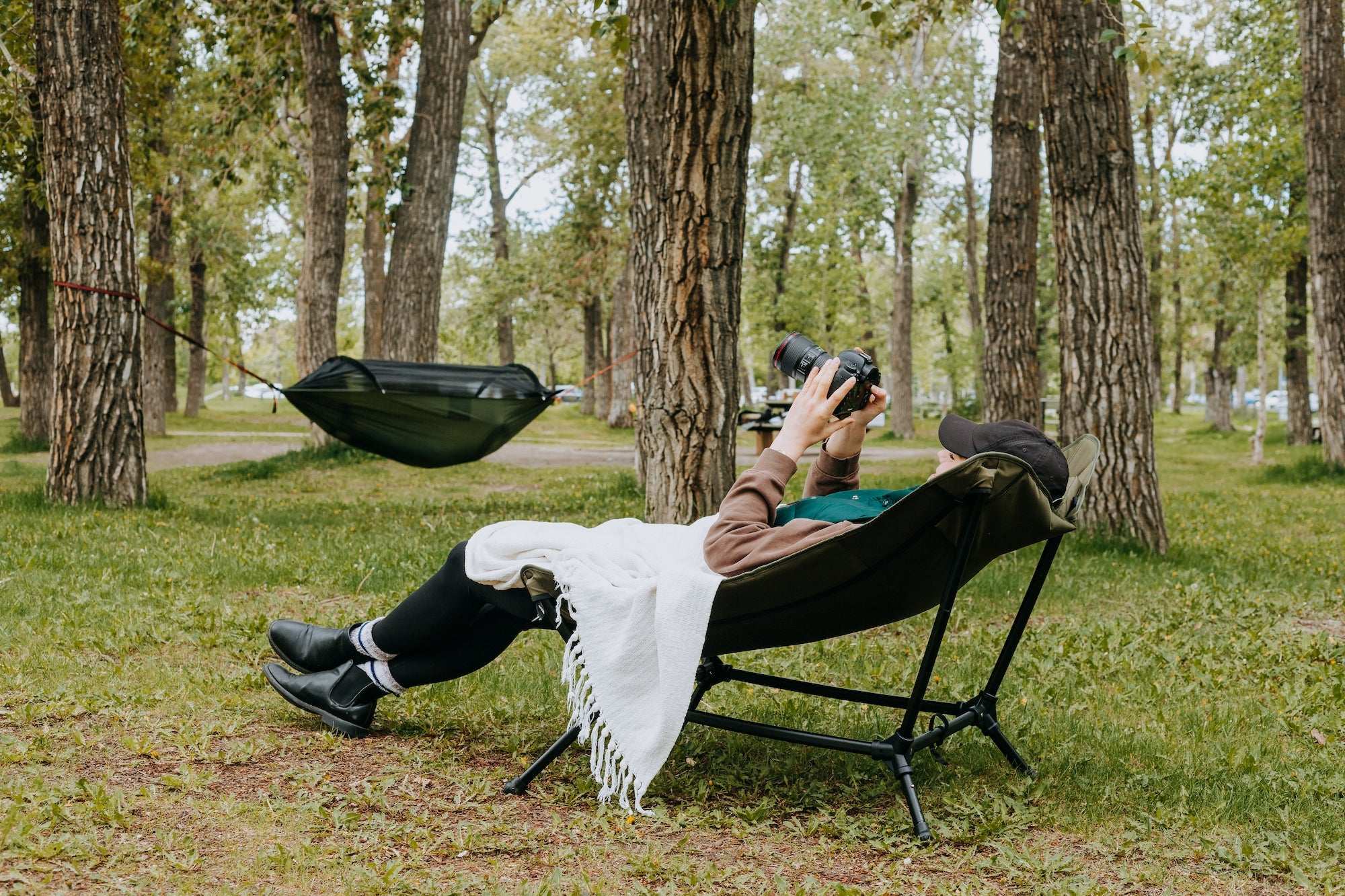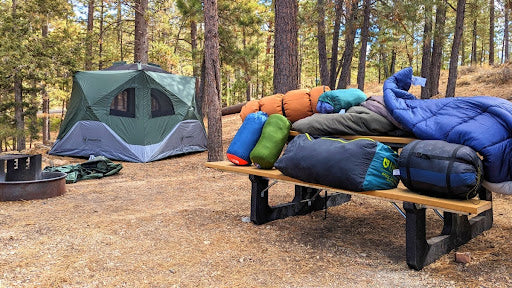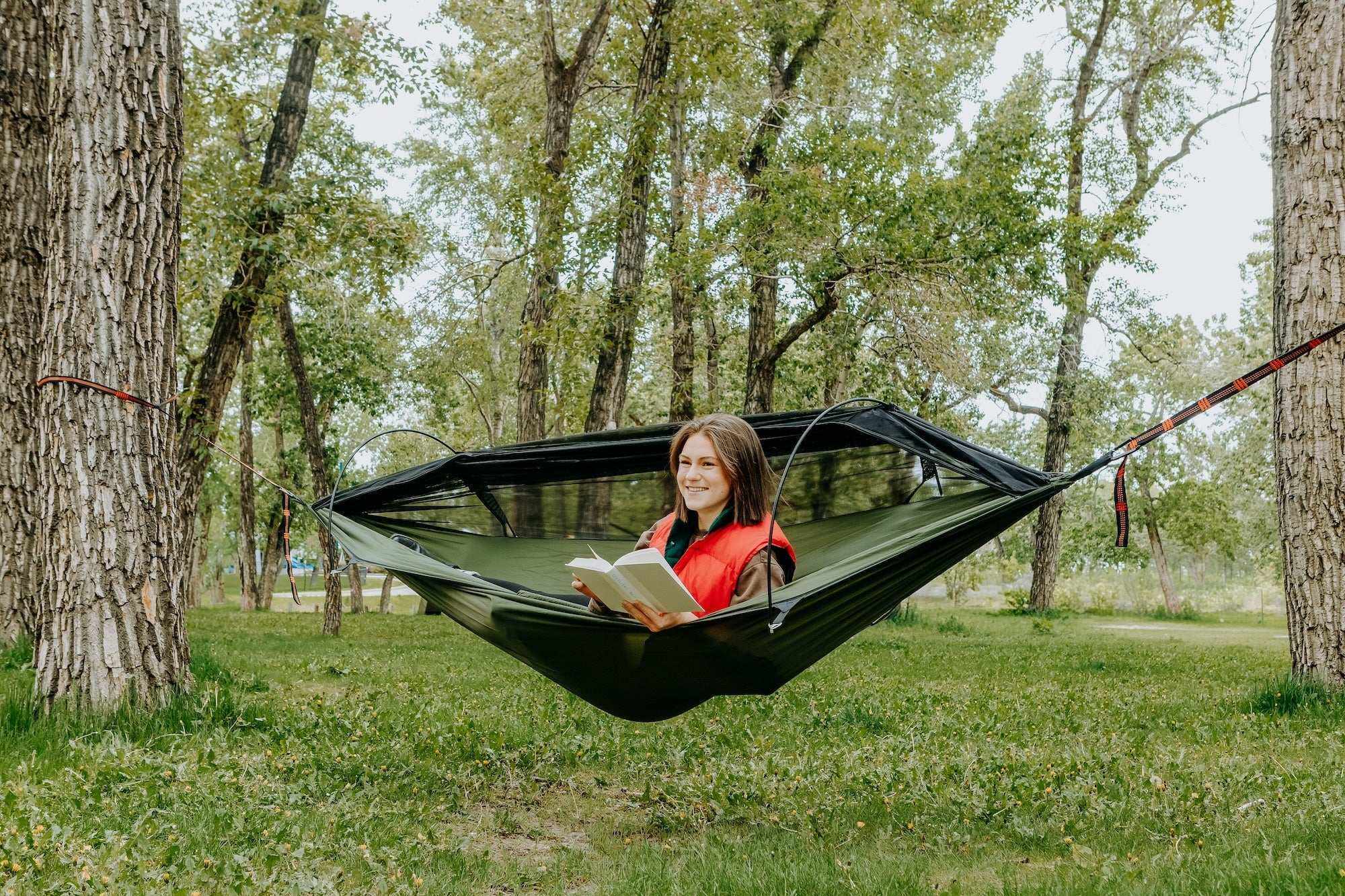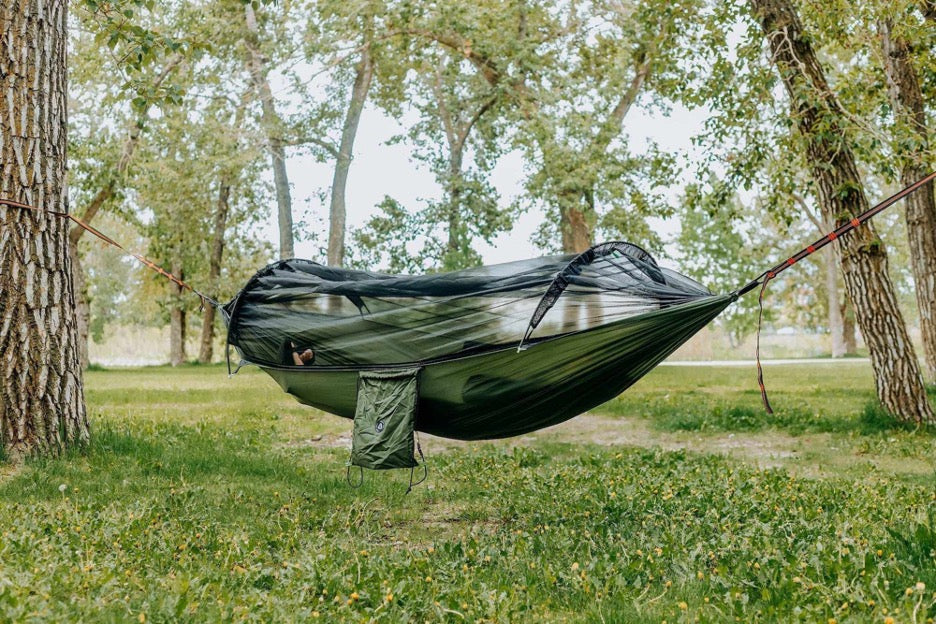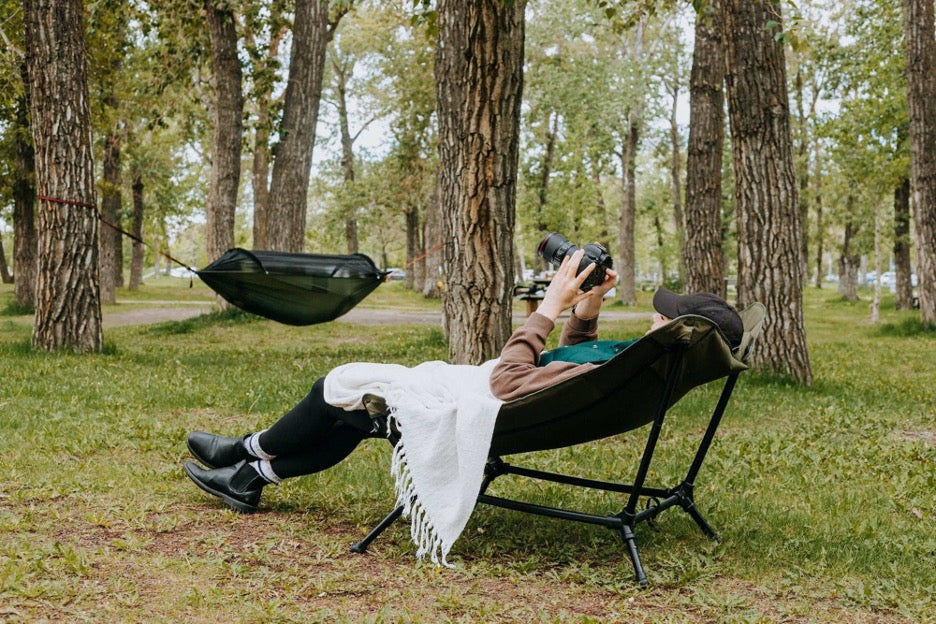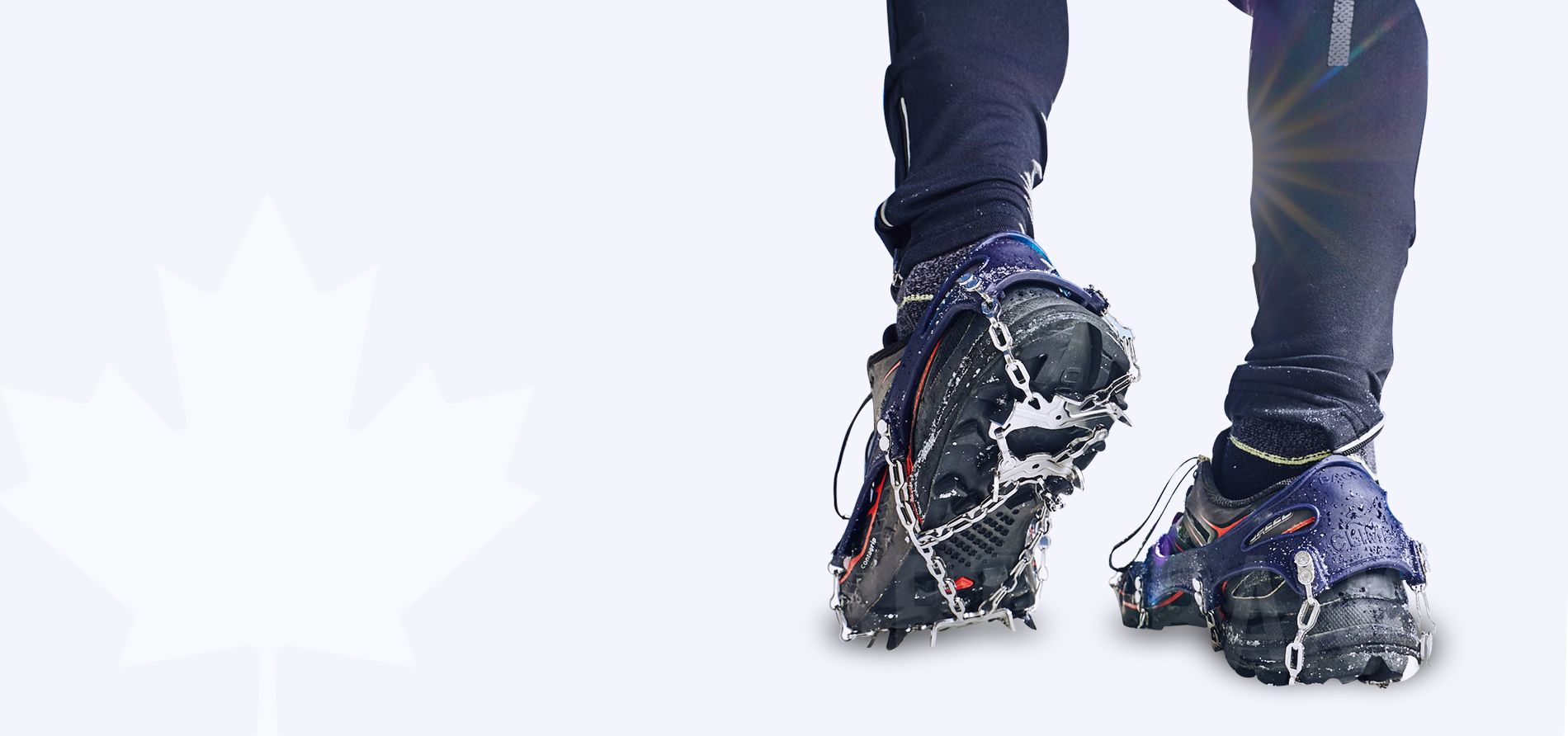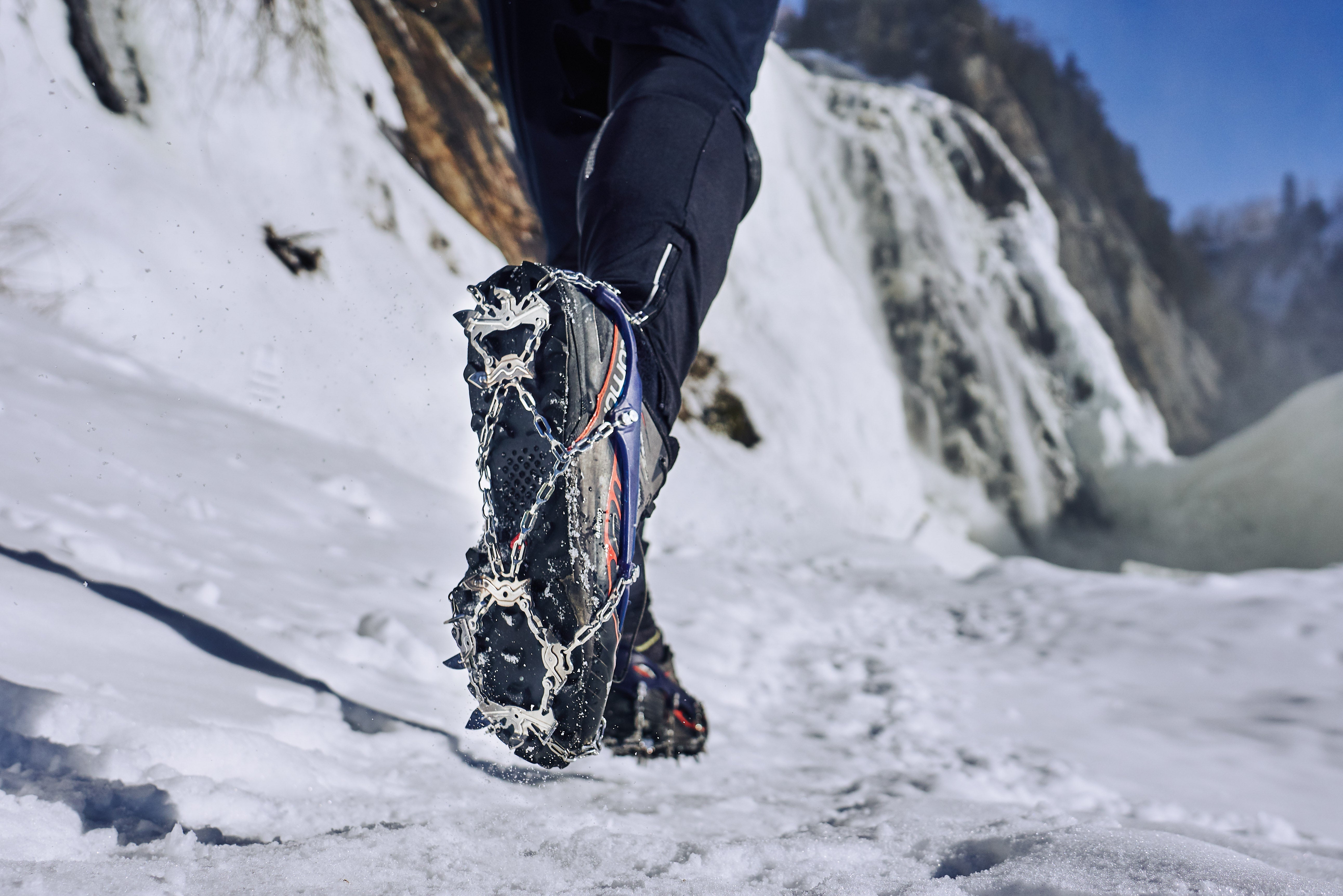The quality of materials is top notch. Stays cool even on warm nights.
Very satisfied with my purchase. Great product, solid construction.
I love the mosquito net. Huge difference for sleeping out west.
The quality of materials is top notch. Stays cool even on warm nights.
Great support and comfort. Bought another one for my partner.
